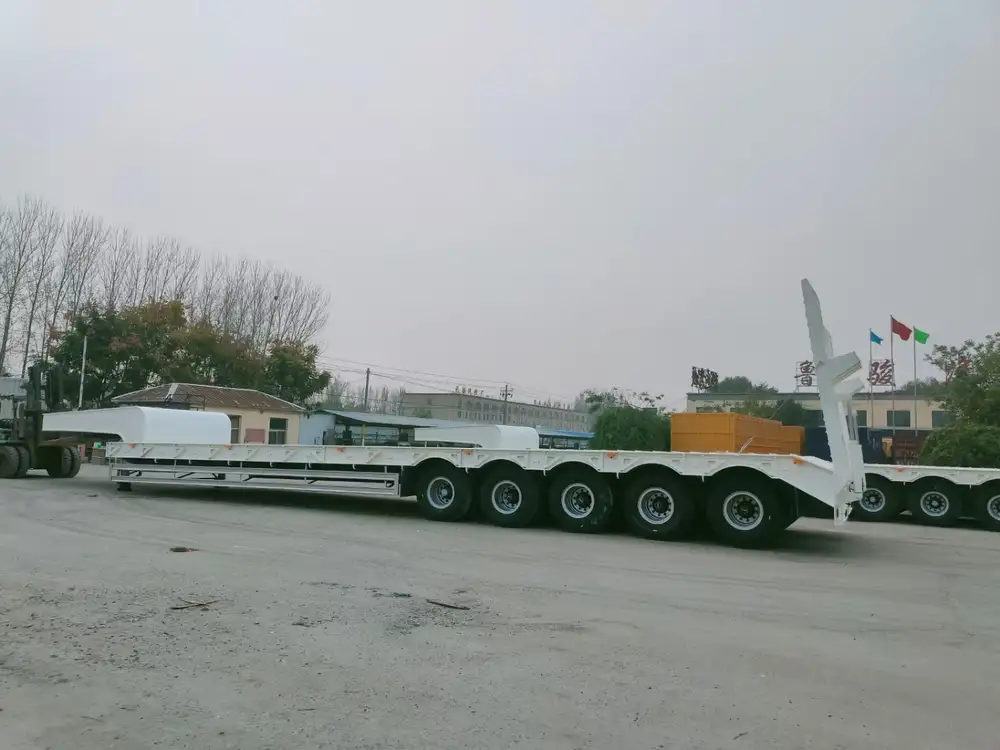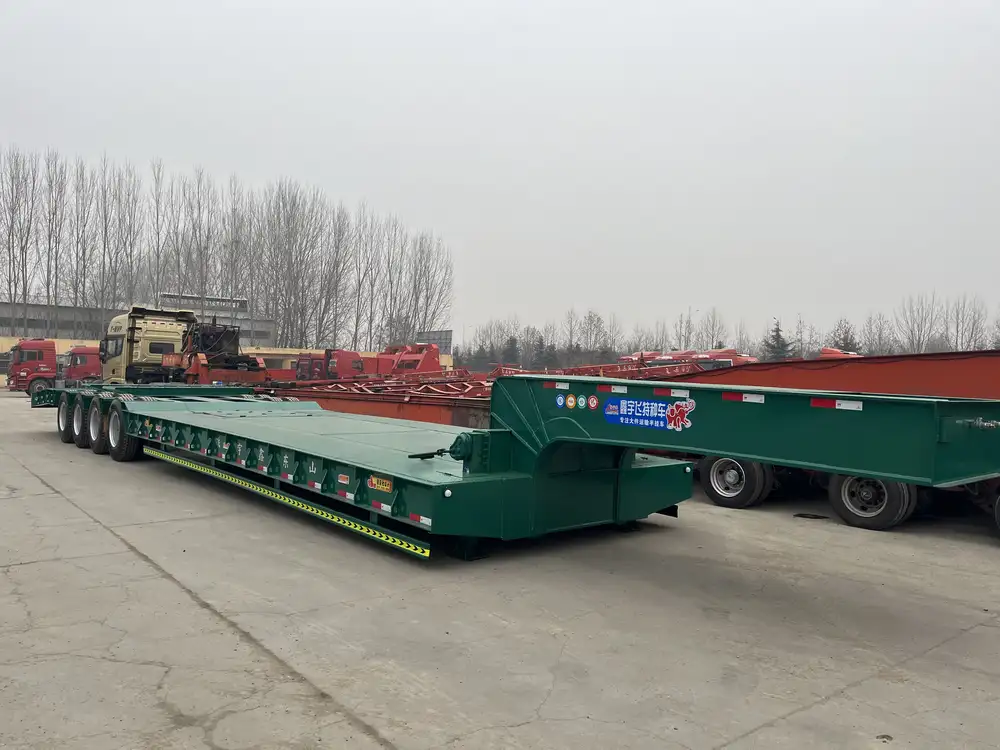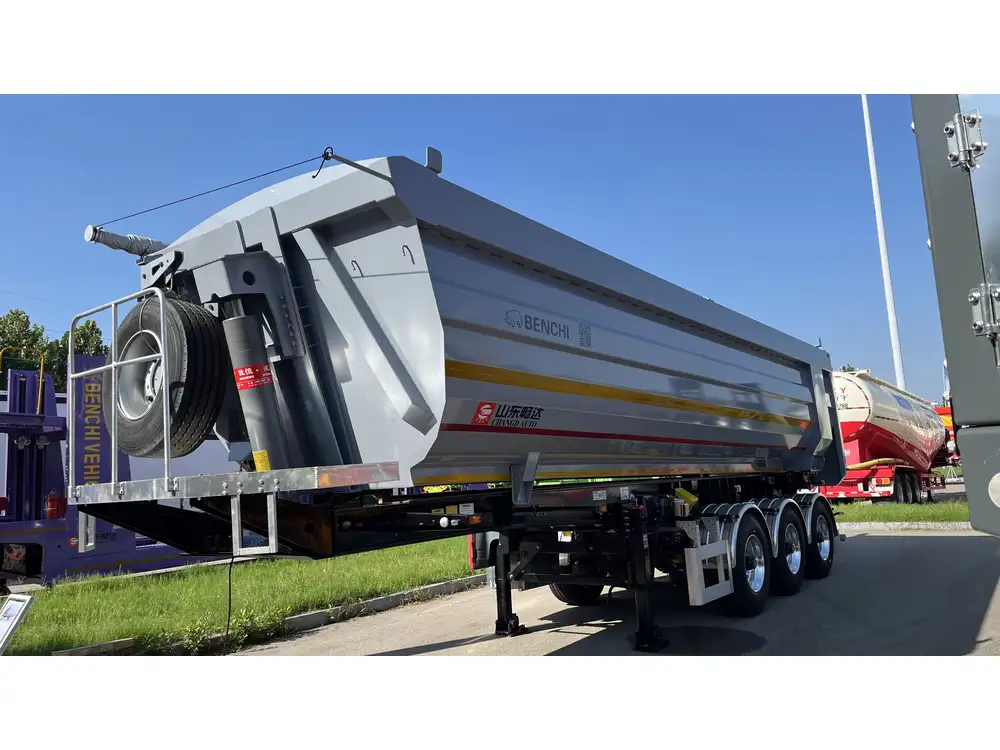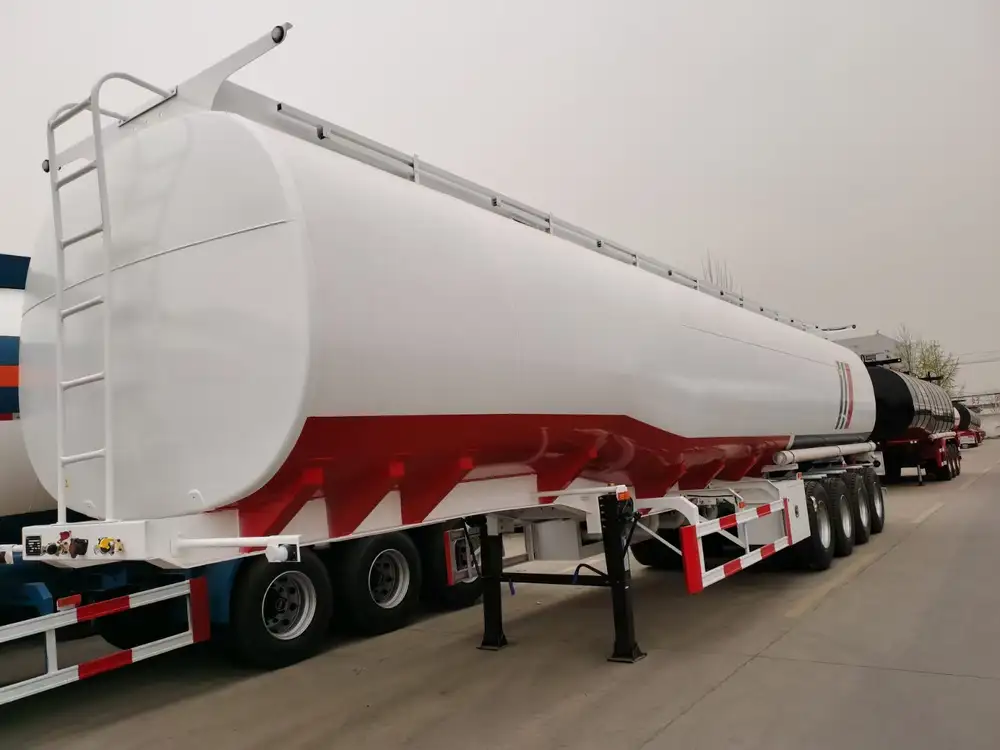Turning on the hot water tank in your trailer is essential for enjoying a comfortable and convenient experience, whether you’re on a long road trip or setting up camp for the weekend. This guide will break down the steps, troubleshoot common issues, and provide insights into maintaining your hot water system efficiently.
Understanding Your Hot Water System
Types of Hot Water Tanks
Before diving into the operational aspects, it’s vital to understand the types of hot water tanks commonly used in trailers:
| Type | Description | Advantages | Disadvantages |
|---|---|---|---|
| Gas Water Heaters | Operated by propane, these heaters are efficient and often heat water more quickly. | Quick heating; cost-effective in remote areas. | Requires propane supply; potential for gas leaks. |
| Electric Water Heaters | These heaters are powered by electricity and are prevalent in many modern trailers. | Easily accessible power source; often requires less maintenance. | Slower heating; higher electricity costs. |
| Tankless Systems | Also known as on-demand water heaters, they provide hot water only when needed, eliminating standby heat loss. | Energy-efficient; endless hot water supply. | Higher initial investment; may require more robust power supply. |

Basic Components of a Hot Water System
- Thermostat: Regulates the water temperature.
- Heating Element: Heats the water, either electrically or through propane combustion.
- Anode Rod: Helps prevent mineral buildup and corrosion.
- Pressure Relief Valve: Ensures safety by releasing excess pressure.
By recognizing these components, it becomes clearer how to operate and troubleshoot the system effectively.
Step-by-Step Guide to Turning On Your Hot Water Tank
Preliminary Checks
- Check Water Supply: Ensure there is an adequate supply of fresh water in the tank. This is crucial for proper operation.
- Inspect the Power Source: Make sure that your trailer is connected to the power source if you are using an electric heater, or that there is sufficient propane if you’re using a gas heater.
- Open the Hot Water Faucet: This helps release any air trapped in the system, allowing the tank to fill correctly.

Starting the Hot Water Tank
For Gas Water Heaters
- Locate the Control Panel: This is usually found near the heater.
- Set the Thermostat: Turn the thermostat to the desired temperature setting, usually around 120°F (49°C) for safety and efficiency.
- Turn on the Gas Supply: Ensure that the propane tank is open. Many systems have a valve that needs to be turned to “ON.”
- Ignition Process:
- Manual Ignition: Press and hold the igniter button while pressing the gas button simultaneously until a flame is visible.
- Electronic Ignition: If your unit has an electronic ignition, just press the power button, and the system should light automatically.
- Check Flame Appearance: The flame should be blue; a yellow or orange flame indicates a problem that may require maintenance.
For Electric Water Heaters
- Locate the Switch: Most electric units have a switch that must be turned on, typically near the unit.
- Set the Thermostat: Similar to the gas system, set it to a comfortable temperature.
- Power Up: If the unit is connected to external electricity, ensure your circuit breaker is in the “ON” position.
- Wait for Heating: Electric systems may take longer to heat water than gas systems, so patience is necessary.

For Tankless Systems
- Power Connection: Ensure the tankless system is plugged in and connected to the power source.
- Set the Desired Temperature: Use the digital control interface to set your preferred water temperature.
- Turn on Hot Water Faucet: This activates the heating process, and water will heat on demand.
Troubleshooting Common Hot Water Issues
No Hot Water
- Gas Water Heater: Check propane levels and ensure the igniter is functioning correctly.
- Electric Water Heater: Inspect fuses/breakers and make sure the thermostat setting is correct.
- Tankless System: Verify that the unit isn’t overloaded with demand and check the ignition system.

Leaks
- Inspect the Connections: Look for loose connections on both gas and water lines.
- Check the Anode Rod: If corroded, replace it to prevent further damage.
- Pressure Relief Valve: Ensure it’s operating correctly, as malfunction can lead to leaks.
Inefficient Heating
- Sediment Buildup: Regular flushing of the tank is crucial to maintain efficiency. Consider a routine maintenance schedule.
- Thermostat Calibration: Ensure that the thermostat is functioning accurately; a faulty setting can lead to inadequate heating.
Maintaining Your Hot Water System

Regular Inspections
- Visual Checks: Monthly checks for any visible leaks or issues.
- Functional Tests: Every few months, test the system to ensure it’s heating correctly and that all safety features are operational.
Flushing the Tank
- Frequency: It is recommended to flush your hot water tank at least once a year.
- Procedure:
- Turn off the power or gas to the unit.
- Connect a hose to the drain valve and direct it to a suitable drainage area.
- Open the drain valve and allow the tank to empty.
- Close the valve and refill the tank before restarting the system.
Replace Anode Rod
- Frequency: Check and replace every 3-5 years, or sooner depending on hardness of water and usage.
- Procedure:
- Turn off power/gas, drain the tank partially.
- Remove the anode rod using a socket wrench.
- Replace with a new rod, ensuring a proper fit and seal.

Enhancing Safety Features
Installing a Pressure Relief Valve
- Purpose: This valve prevents overpressure, which can lead to tank ruptures.
- Installation:
- Locate a suitable outlet for the valve.
- Follow the manufacturer’s instructions for fitting; it may require the assistance of a professional.
Regular Safety Checks
- Smoke and Carbon Monoxide Detectors: Ensure these devices are operational, especially in gas-operated systems.
- Emergency Cut-Off Switch: Install or verify functionality of cut-off switches for immediate stop in emergencies.

Conclusion
Understanding how to efficiently turn on and maintain the hot water tank in your trailer not only enhances your comfort but also ensures safety and longevity of the system. Regular maintenance and proactive troubleshooting enable you to enjoy hot water anytime, making your travels and adventures pleasant and hassle-free. By following the guidelines provided in this comprehensive guide, you’ll be well-equipped to handle your hot water needs effectively. Whether embarking on a new journey or preparing for a cozy getaway, staying informed about your hot water system is crucial for a fulfilling experience.



